This unbelievable Xiaomi camera phone feature will make you regret your iPhone
A weird and wonderful AI trick
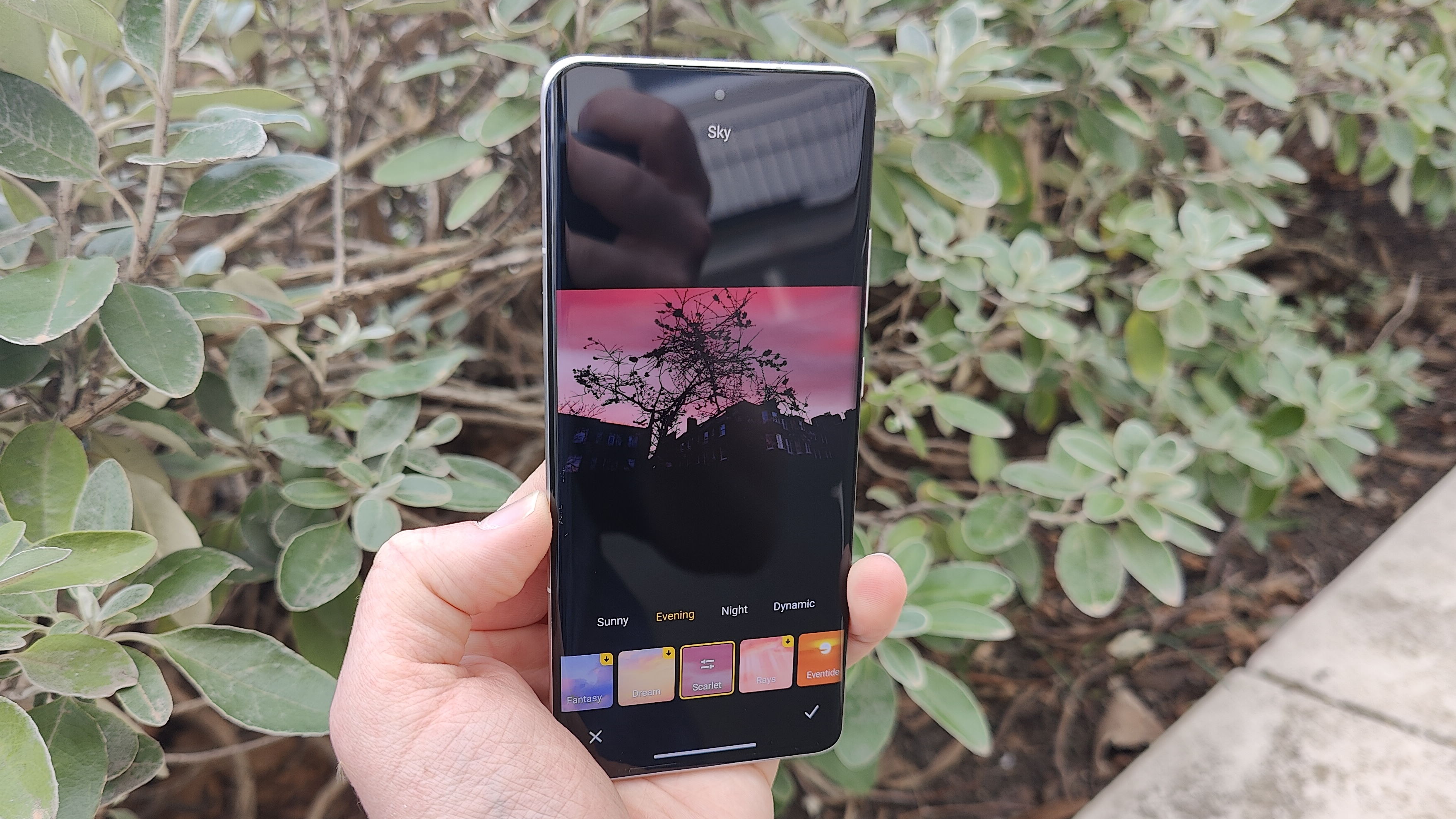
People often call iPhones the best camera phones out there. I don't necessarily agree, which is why the Galaxy S22 Ultra tops our rankings, but Apple's mobiles are definitely in the conversation. However, Xiaomi phones have one photography feature that's so cool, I can't stop using it.
It's called Sky, and it's an editing mode that you use for pictures you've already taken. Basically, the phone uses AI to work out what the sky looks like in the picture - and then it lets you choose between loads of different alternative skies that it edits in.
Some of these are general daytime ones, such as clear skies, different cloud formations and different weather effects - there are also twilight skies, with different sunsets and sunrises, and night-time skies with stars, cosmic bodies, the aurora borealis and more.
Not only does the phone change the sky in the image, but it also provides tweaks to the rest of the snap to fit with these edits - for example, if you're adding in an orange sunrise, the snap will be given a warm color hue to fit.
This feature is hard to explain, and when I'm telling people about it, I usually just have to show them - so let's do that right now.
The edit
Here's a picture I recently took on the Xiaomi 12:
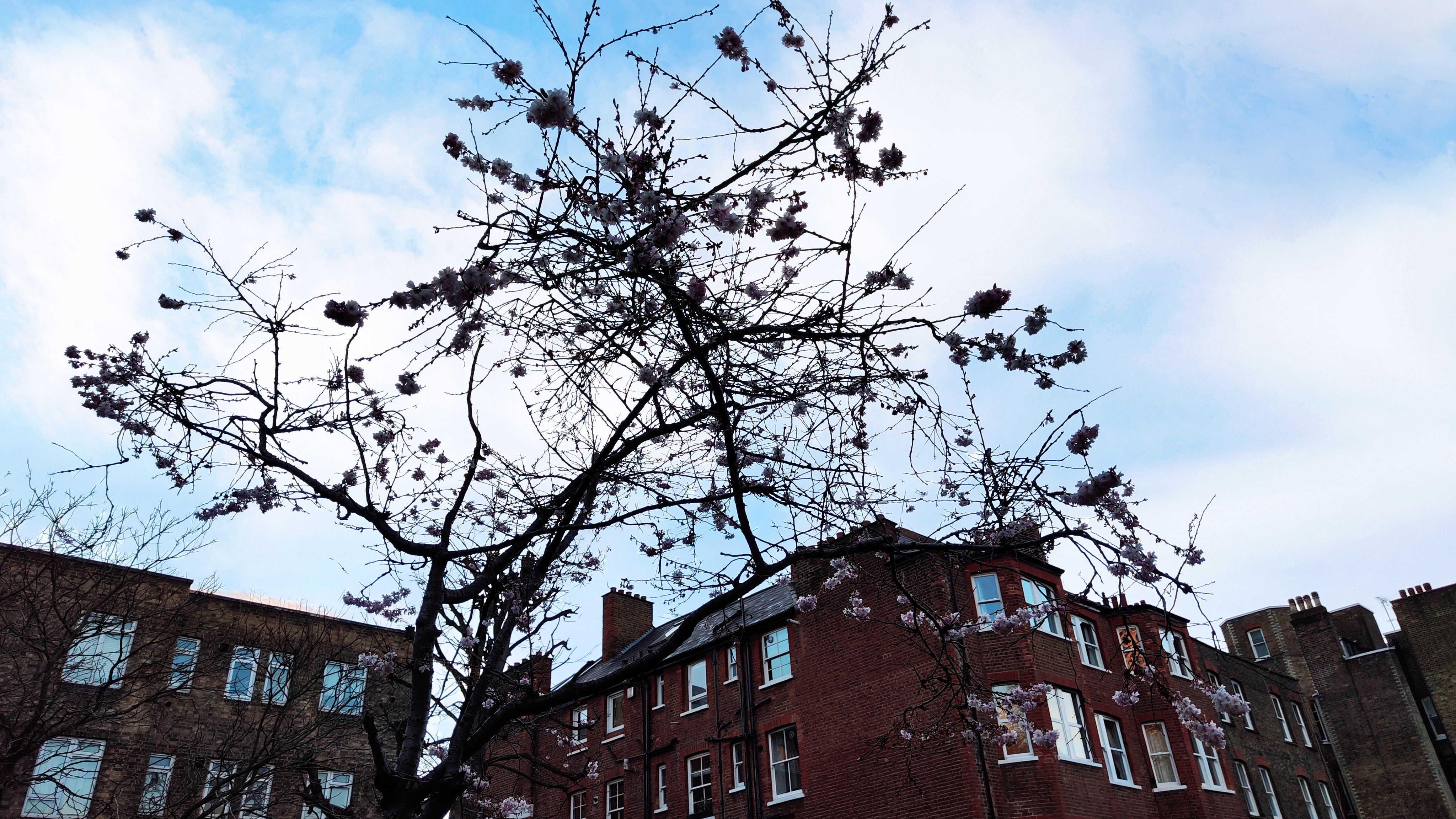
Admittedly it's not a great picture - I was trying to capture the blossom on the tree, but the brightness of the sky blew out the tree too harshly for it to look clear.
Get daily insight, inspiration and deals in your inbox
Sign up for breaking news, reviews, opinion, top tech deals, and more.
But it's a useful way to show the Sky mode - it has lots of sky area, but also a close subject (the tree), a medium background (the houses) as well as lots of gaps in the tree that could trip up a lesser AI tool.
Let's look at some samples
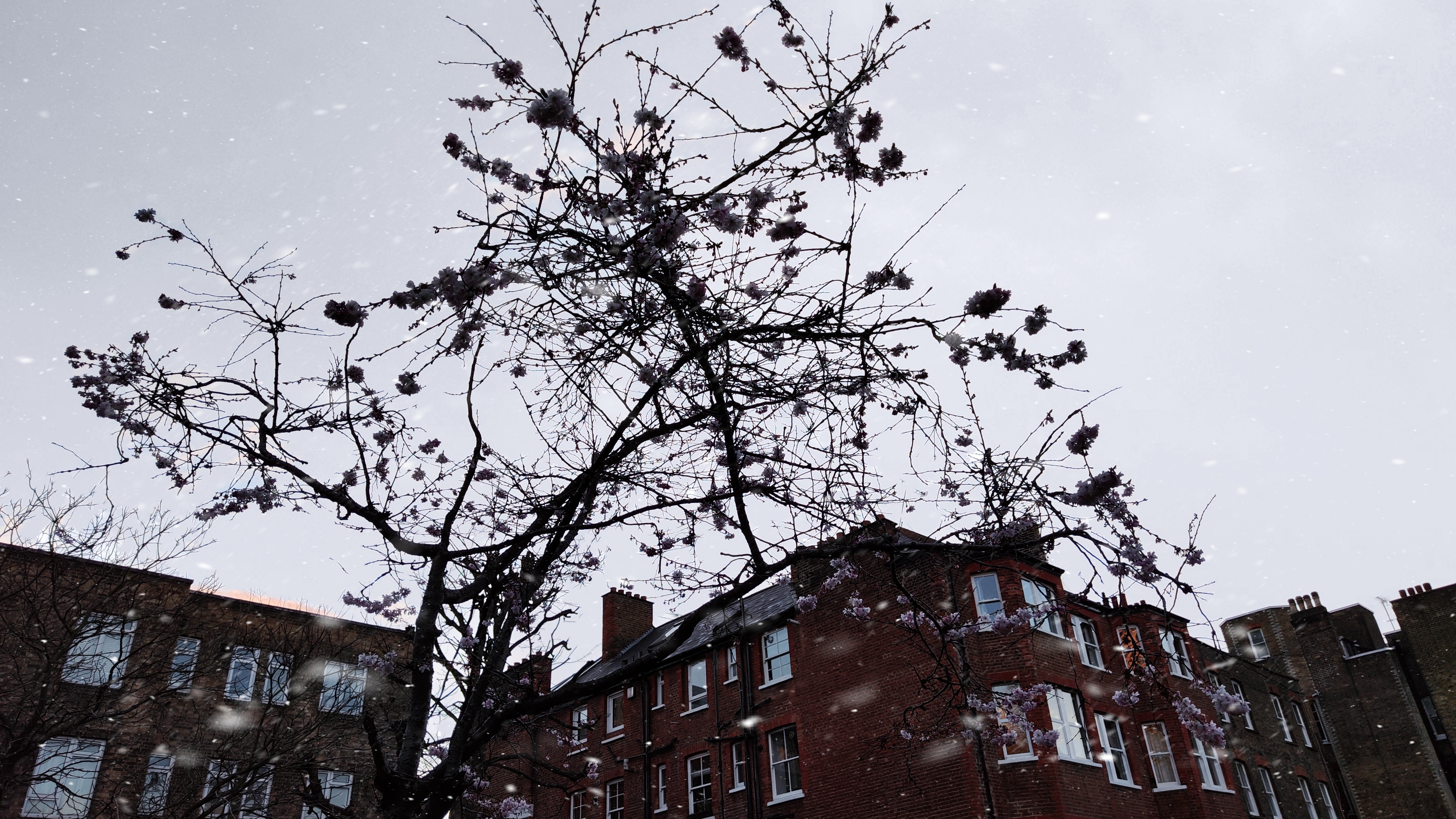
I'm starting small for this one - that's actually what the sky looks like most of the time in the UK where I live. This is the Snow sky mode, though it looks pretty similar to the rain one.
This mode can actually be used to create videos or photos, but I chose the photo version for this article. If you look closely, you can see some blurry snowflakes in motion around the building.
The buildings look a little duller, which they would if the sky was this cloudy, due to the lack of light, which is a neat indication of the photo editing side of the mode.
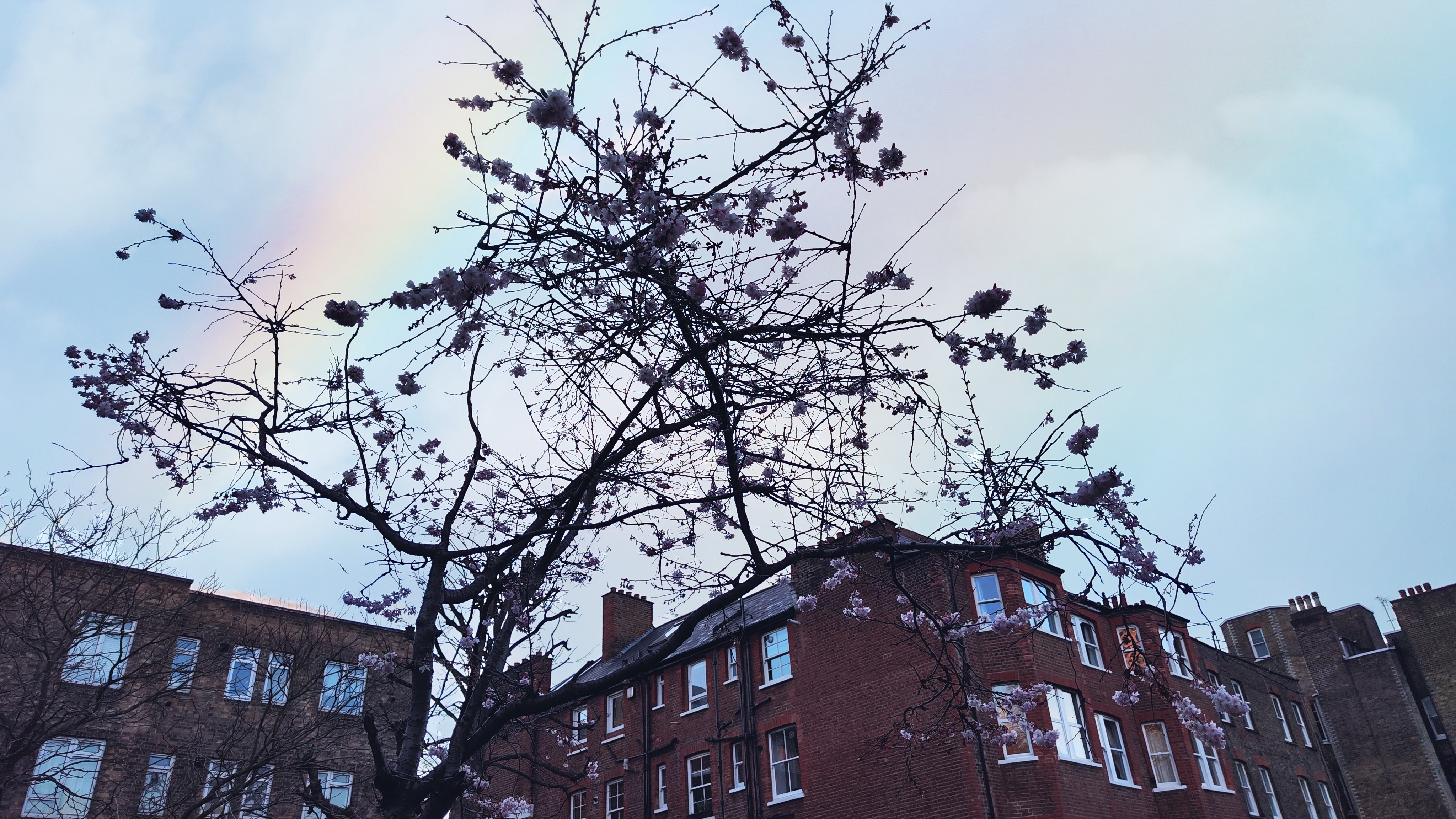
Next up is the Double Rainbow, going all the way across the sky - this is definitely something you don't see from your window every day (unless you live by Yosemite).
The two rainbows are faint, but that's really how nearby 'bows look in real life - unfortunately the phone doesn't offer the ability to swap them out for more distant versions.
Due to the clarity of the sky, the phone has edited the building and tree to be pretty light. I do think the contrast should have been bumped up a little bit more, but it's definitely a noticeable shift from the last picture.
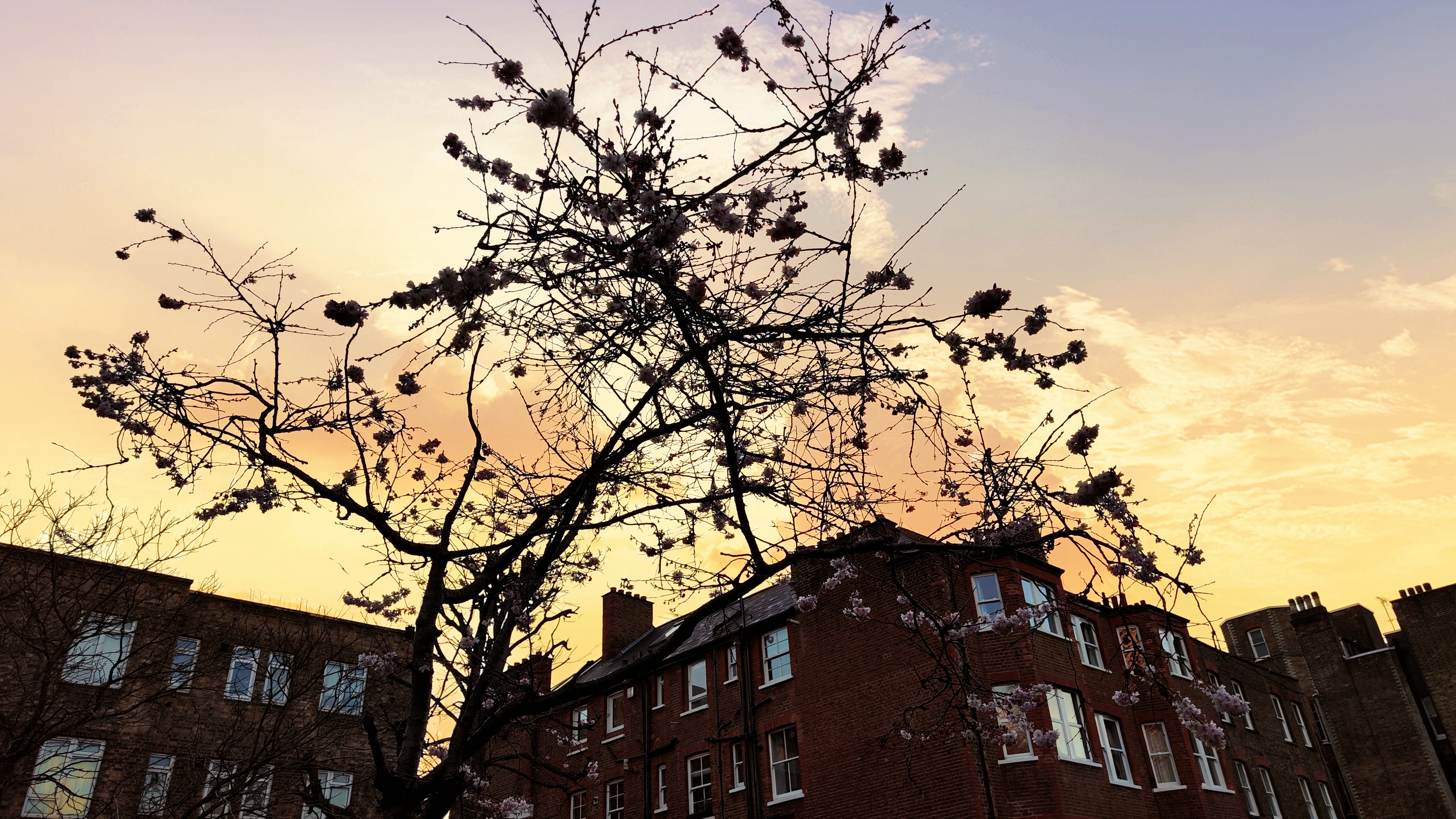
Now we're moving onto some of the more dramatic Sky editing modes - this is Sunset. This is the kind of sunset you only see now and then - except the photo was taken facing North, where you're not exactly likely to see the sun set (unless something has gone really wrong with the world).
It's a nice glow which juxtaposes the darker tree, turning it into something of a silhouette (though I wish I could see the picture without the house).
The tree and house are a bit darker, as they would be if this was a real shot, and they definitely have a yellow hue too.
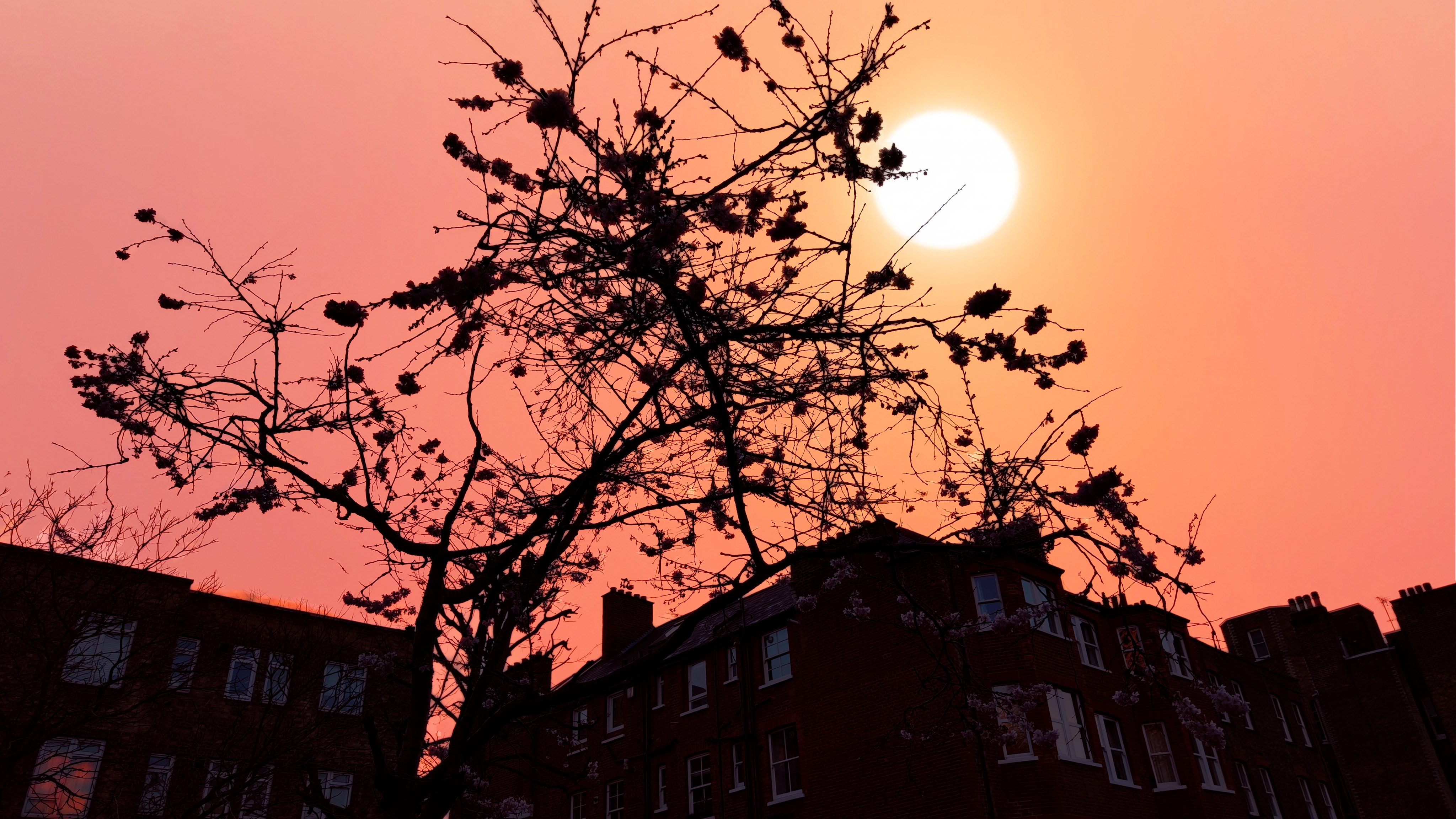
I'm not sure that this Warmth mode is trying to be as realistic as the other ones - instead, it's a more moody and dramatic picture.
It's definitely effective - that sun and sky glow make us feel like we're lying on the African Savannah, staring up at the relentless sun.
See how the tree and building have both had their shadows and highlights mixed so you can barely see them, compared to how they look in other shots.
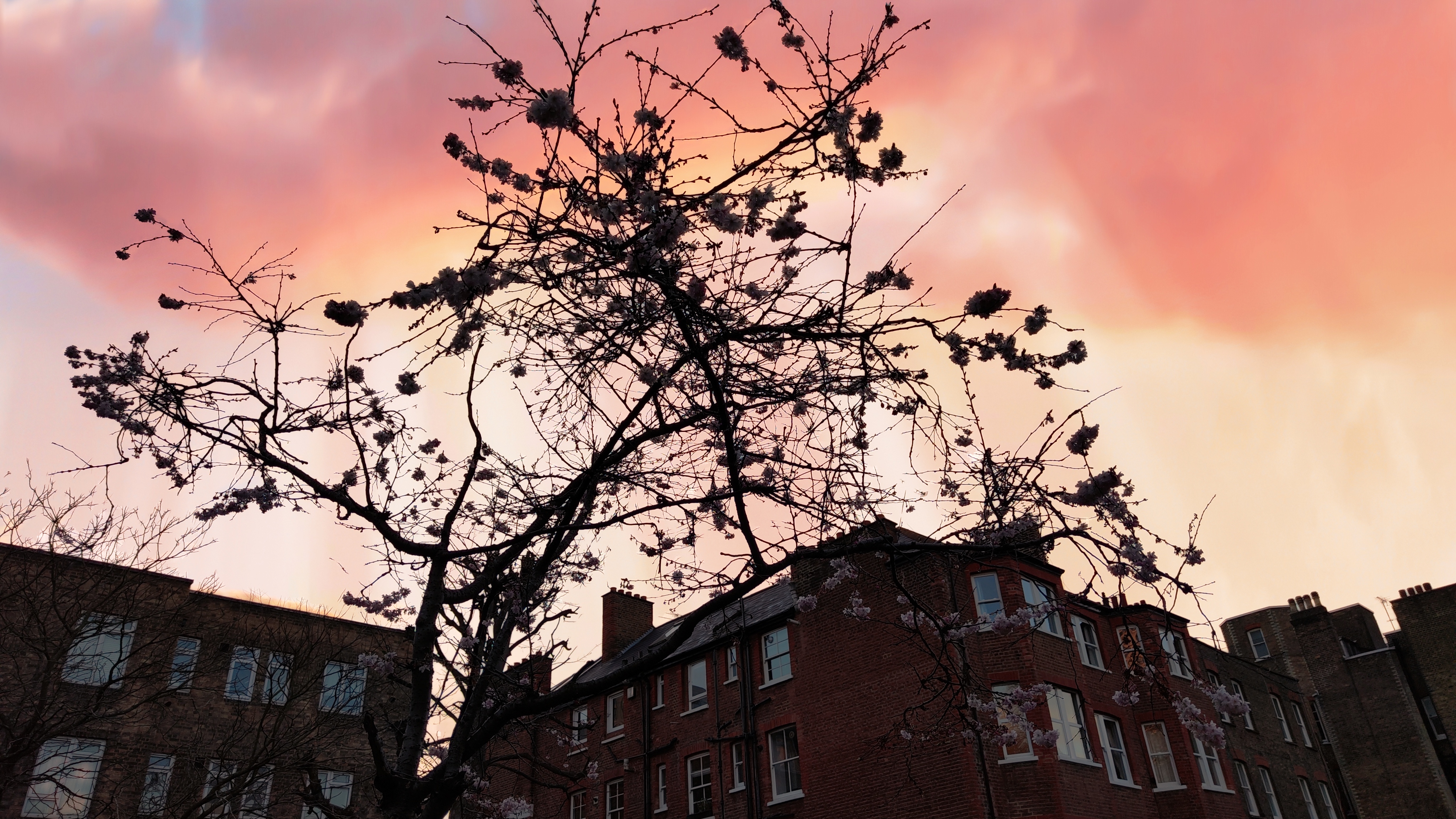
The Xiaomi gallery app offers three categories of Sky mode: 'Sunny', 'Evening' and 'Night' (as well as 'Dynamic', but that's just for video edits).
Evening has the most options, and this is another - it's called Rays, and it seems to be going for a cloudy sunset look. You can change the intensity of the modes, and this one lets you change the intensity of the orangey-pink hue. We obviously ramped it high for this one.
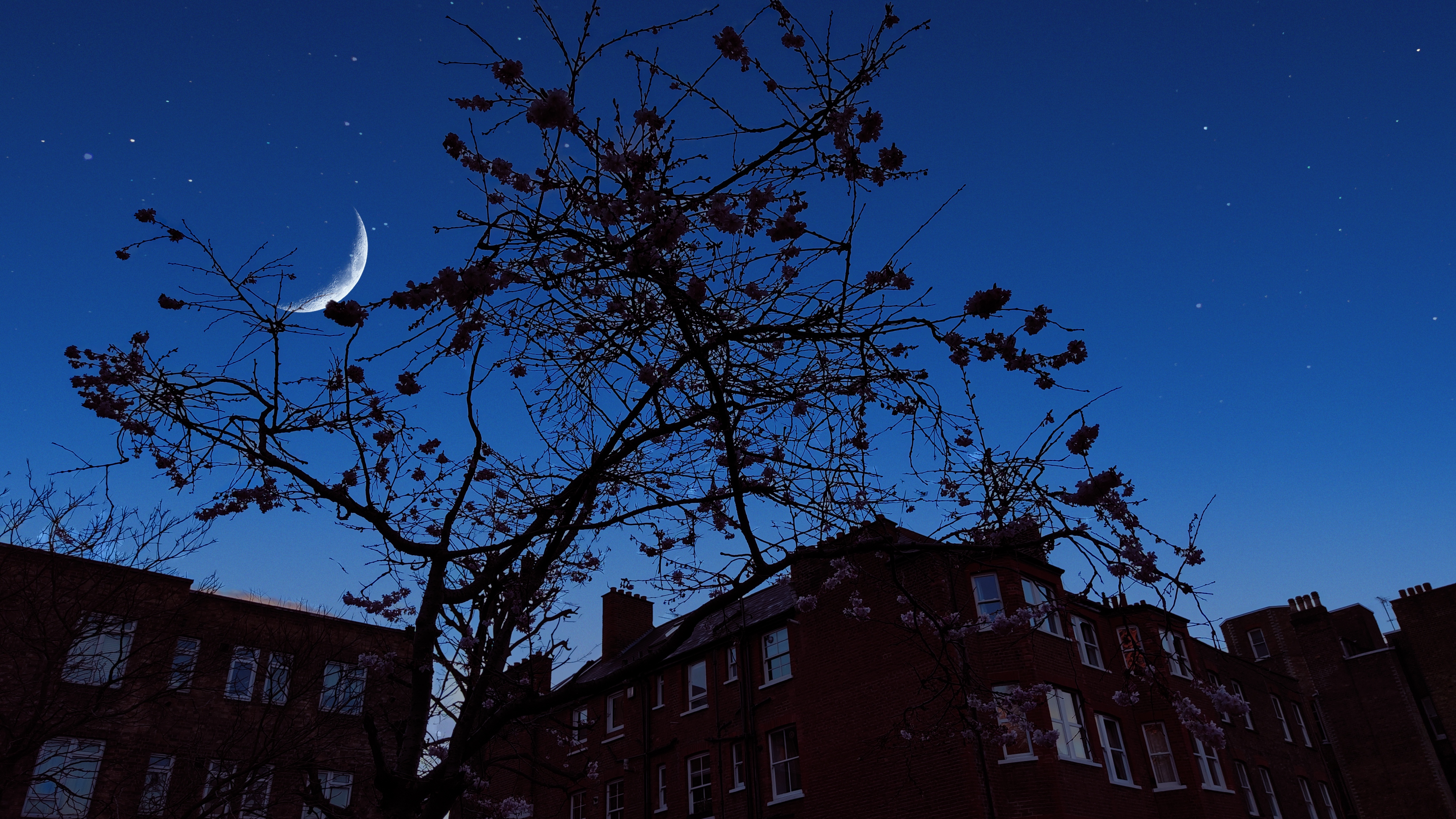
Lots of the night modes look a bit silly based on how obvious the cosmic bodies are, and this is an example that toes the line. The moon isn't anywhere near that size in reality, and it wouldn't be picked up as well in a shot like this.
If you look at the image closely, you can see that the AI has had trouble with the sharpness of the tree, and there's an outline of the 'real' sky between the branches.
Oh, and the tree and building look a lot more blue than they actually would at night - this is a problem you'll be used to if you watch lots of TV, as they often shoot during the day but color grade it to make it look like it was shot at night time, which results in an oddly blue video.
However, this mode, called Crescent, is interesting as it's a fun juxtaposition from the original image - we're seeing a completely different time of day.
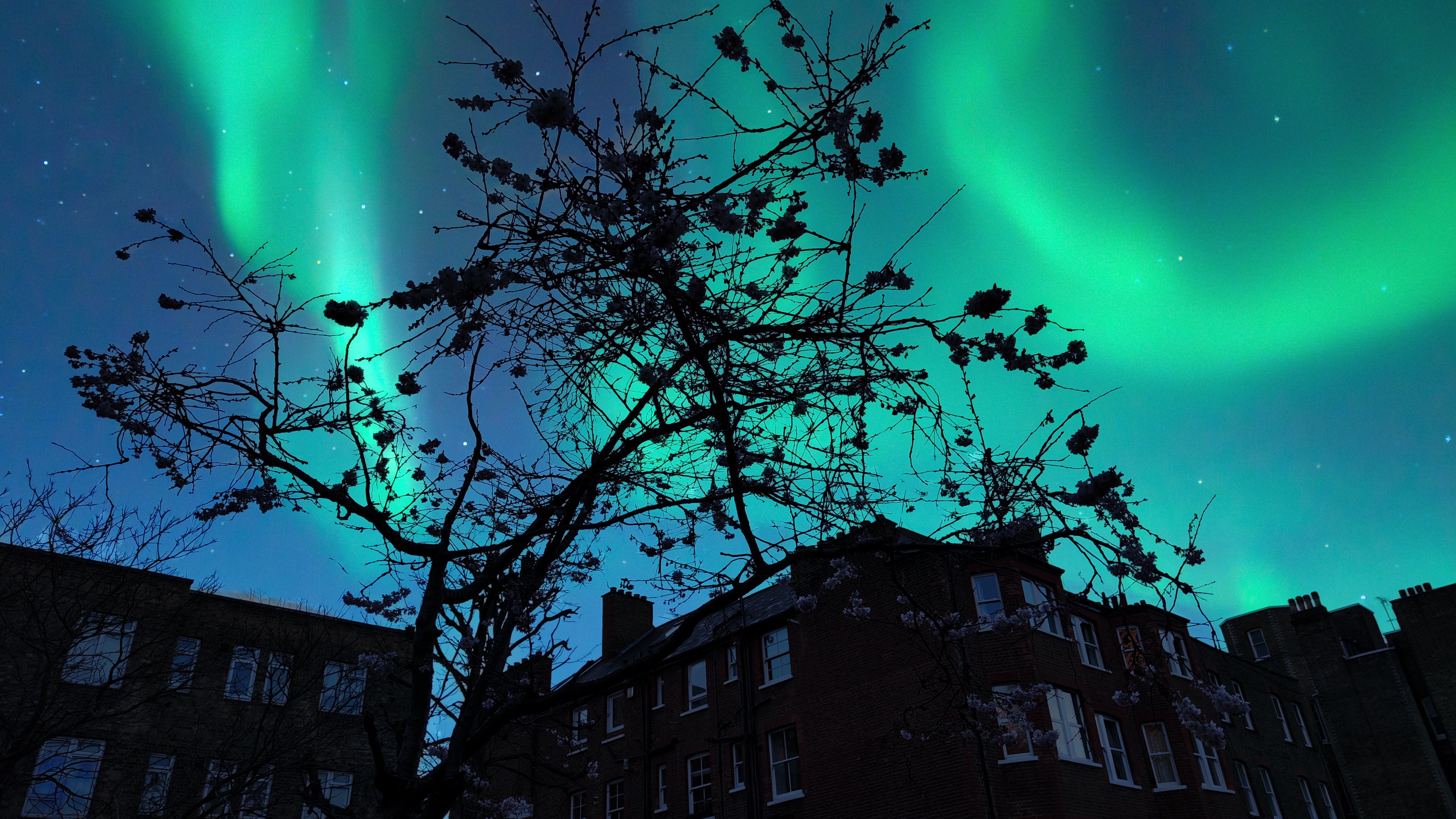
Aurora Borealis? At this time of year, at this time of day, in this part of the country, localized entirely above my house? Apparently so, because Borealis mode does what it says on the tin - throws the northern lights up into your picture.
While this picture does have the same odd blue tint as the last one, it's less noticeable when your eye is drawn to the reams of green radiation in the sky.
Plus, looking at the tree, you can see that the sharpness issue from before isn't actually present - the tree looks lovely and crisp.
I love this feature
Sometimes camera phones have in-depth features for serious photographers. However, lots of us love to take pictures, but aren't interested in spending ages fiddling with things like the ISO, aperture and shutter speed.
Much of the time, taking a great photo isn't just about the hardware, but simply being in the right place at the right time - which is hard to do for most people who aren't professional photographers.
Lots of TechRadar's staff are based in photogenic locations like India, Scandinavia or the US. But if you're a phone tester based in an English metropolis, you rarely have the opportunity to take incredible photos.
Tools like this Xiaomi Sky mode are great for people who want to keep up a busy 'Gram presence without dedicating their whole lives to photography.
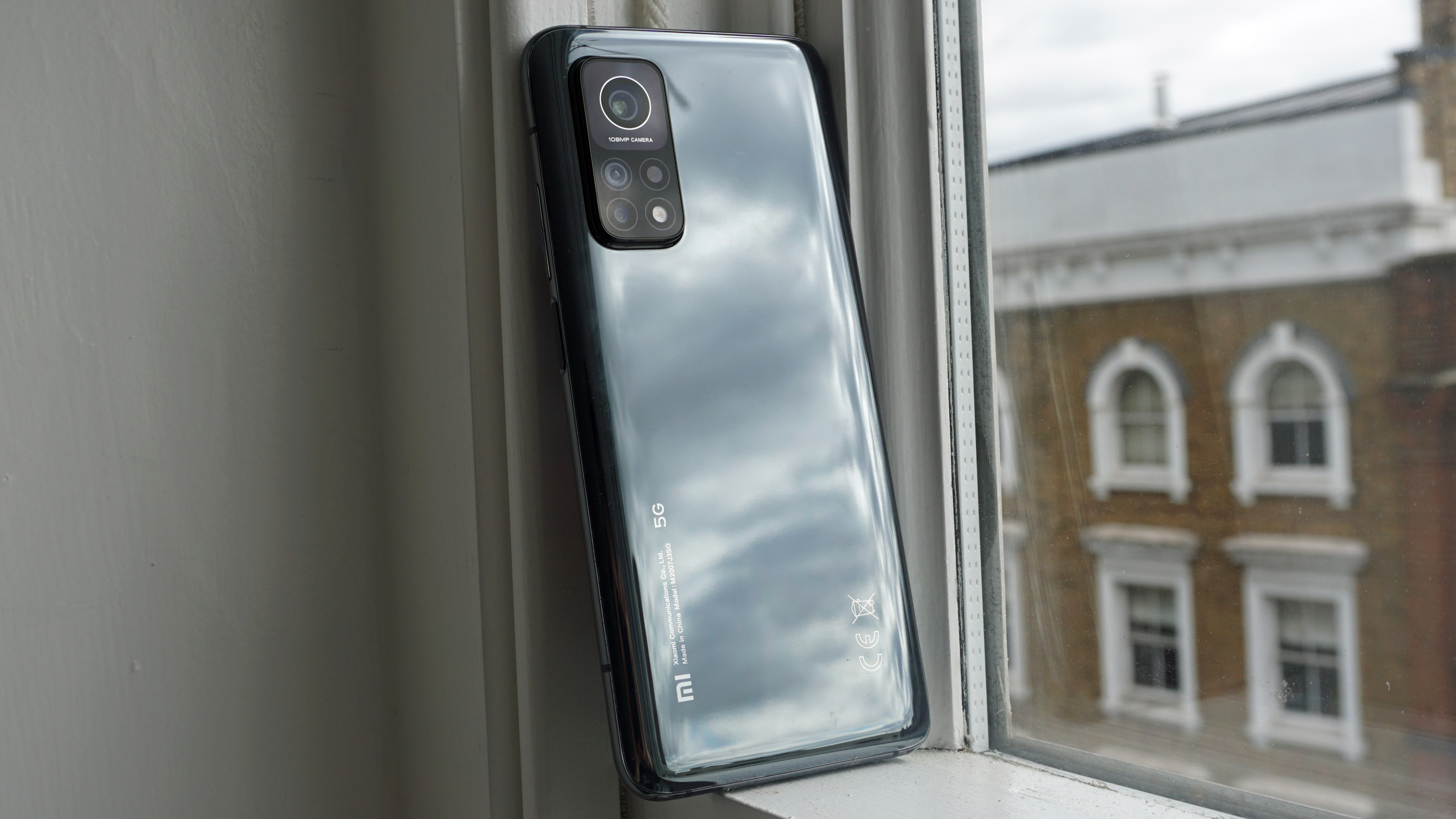
Plus, it's just fun to spin between the different modes and see how they look. These pictures are dramatic, stark, sometimes silly and sometimes stupid - but given how different they look from my normal snaps, it's exciting just to jump between them and try them out.
Ever since I first tried this feature on the Xiaomi Mi 10T Pro, I've loved using it in phones from the company, and miss it when we test devices from other brands.
This isn't the only mode that offers the ability to take incredible pictures - I've really enjoyed Samsung's Portrait mode, Oppo's microscope mode and Xiaomi's telemacro mode for taking pictures you wouldn't be able to on other devices.
Simply put, when photography modes are exclusive to certain brands, it makes them more interesting to test out, than if you can just run them on any old device. I recently tested the iPhone 13 Pro, and was shocked by how few fun or useful camera app modes there were.
Does it look fake?
Some of you may have found the above camera samples really impressive. Others are probably shaking their heads, muttering "no, they look terrible - so fake!".
For some of the pictures, I'd agree with you, and I didn't even include some of the goofier-looking ones (there's no way you're seeing the Milky Way that clearly!). Sure, they're mostly silly fun, and now and then they look bad.
But when the Sky mode works, it really works. How can we tell? Well, because the original camera sample we shared above - that's not the original image.
This is the actual original:
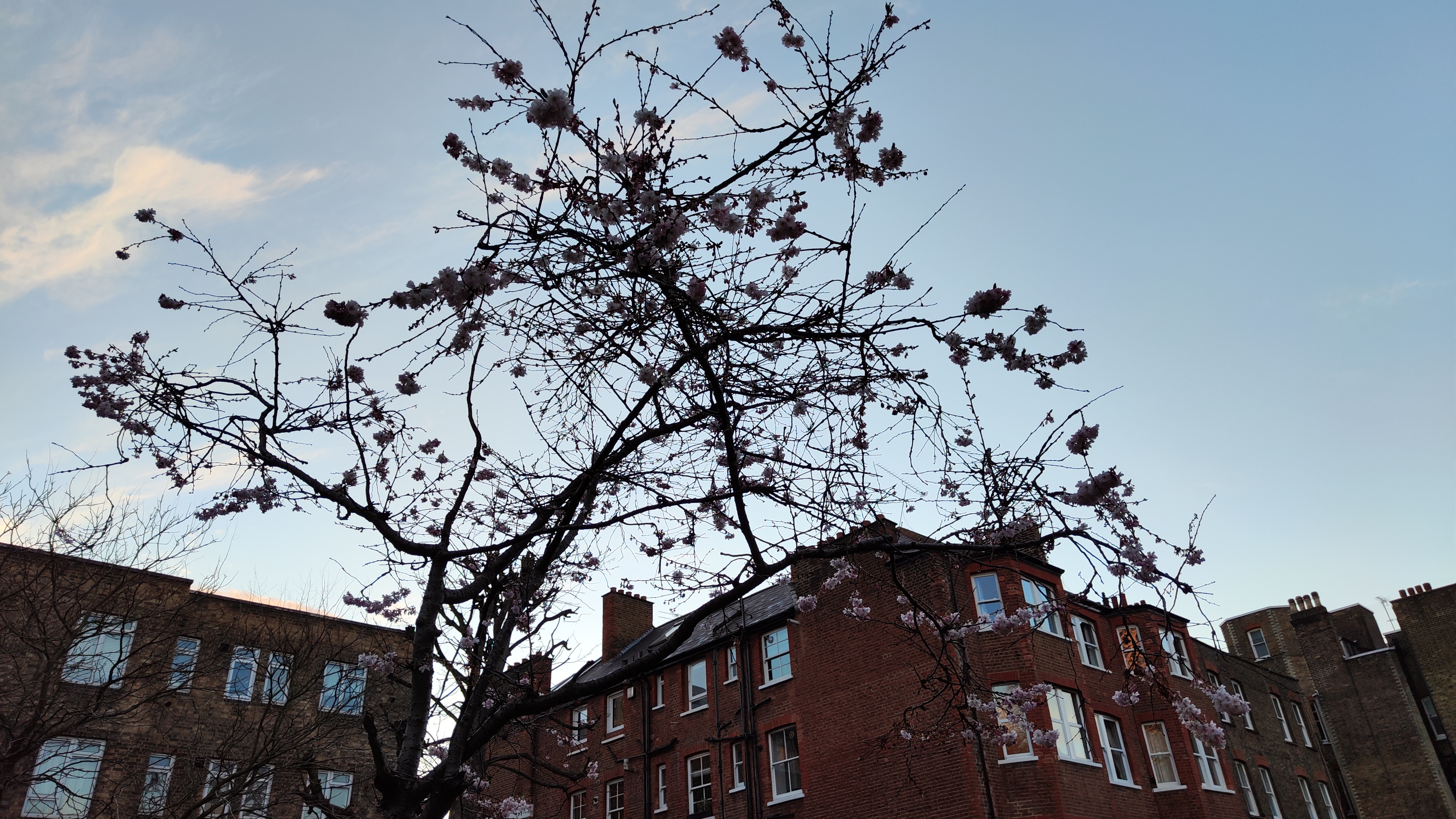
Yep, we pulled an ole' switcheroo. The first picture shared was actually captured using the Sunny sky mode, and we never really see skies that bright in the UK.
You had no reason to doubt me, and I'm sorry for lying to you, but I think it proves my point - some of the edited images are passable for genuine photographs.
This sunny mode dramatically brightens the shot, both the sky and the details in the trees and buildings. But if you pull it up in full screen compared to the real shot, you can see that the AI has made some mistakes - the ends of twigs have been cropped out, especially around the left building on the background trees, and the TV aerial on the central building has gone.
But even I only noticed this when putting both images on full screen next to each other, and wouldn't have been able to tell if I didn't know the twigs were meant to be there. If you're just sharing these snaps on social media, no-one's going to notice.
I'm not sure if the authenticity of the pictures is the most important thing if I have fun playing around with the mode anyway, but I'm constantly surprised by how genuine the snaps too. It's a fun - or scary - indication of how smart AI already is.

Tom Bedford joined TechRadar in early 2019 as a staff writer, and left the team as deputy phones editor in late 2022 to work for entertainment site (and TR sister-site) What To Watch. He continues to contribute on a freelance basis for several sections including phones, audio and fitness.